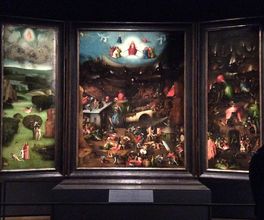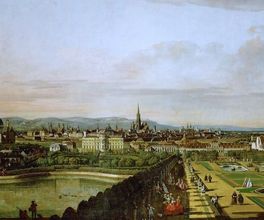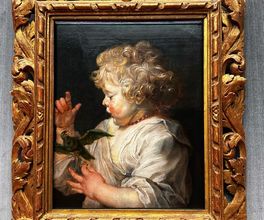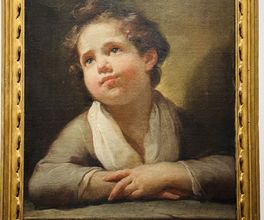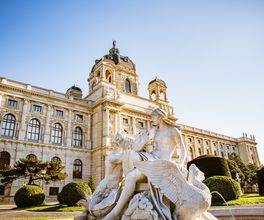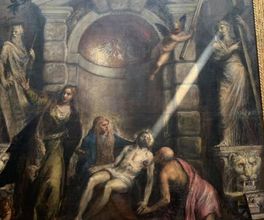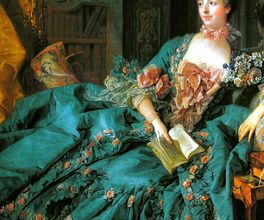




About this experience
The collection of the Vienna Academy consists of brilliant works by Rembrandt, Rubens, Cranach, Botticelli, Titian. Generations of students have taken an example from these canvases - on the tour we will find out their value. You will take a close look at the masterpieces of this collection, uncover the secrets of great painters, and trace the development of canons over several centuries.
What to expect
The Topography of Hell
We will start with the main treasure of the collection - Hieronymus Bosch's "The Last Judgment". Hell in the famous triptych is not so much frightening as it is amazing with imagination and raises a lot of questions. Everything is mixed here: chimeras in the form of half-fish and half-eggs, a pan-European fear of the Ottomans, and the personal disappointments of the artist. You will understand the iconography of mortal sins, understand what exactly pride is dangerous, and why the clergy were against the pleasures of the flesh. And, of course, we will discuss why paradise occupies such a modest place in the painting.
The Art of Prayer, the Art of Pleasure, and the History in Colors
Cranach's "Holy Kinship", the theological justification of which was rejected in the 16th century, will explain the origins of the genre of family portrait, which has changed little even today. And the painting of the Quattrocento and Cinquecento will reveal the secrets of creating art for religious meditation.
Rubens's "The Abduction of Proserpina" will convincingly demonstrate what art should look like, designed to deliver sensual pleasure and act as a bold interior decoration.
Here, we will see the works of two apprentices of Rubens - one of them forever remained in the shadow of the teacher, and the other himself became a milestone in the development of European painting.
In baroque academies, the ability to reveal complex plots through painting was highly valued: in the gallery, you will meet many examples of this. "Moses Trampling on the Crown of Pharaoh", "Cato Commits Suicide", and other illustrations of ancient plots - together we will try to assess how convincing these stories are today.
Organizational Details
Tickets to the museum are paid separately. By prior arrangement, I will buy them for you in advance (9 euros per person, visitors under 19 years old enter for free), and we will go straight to the tour without queuing.
